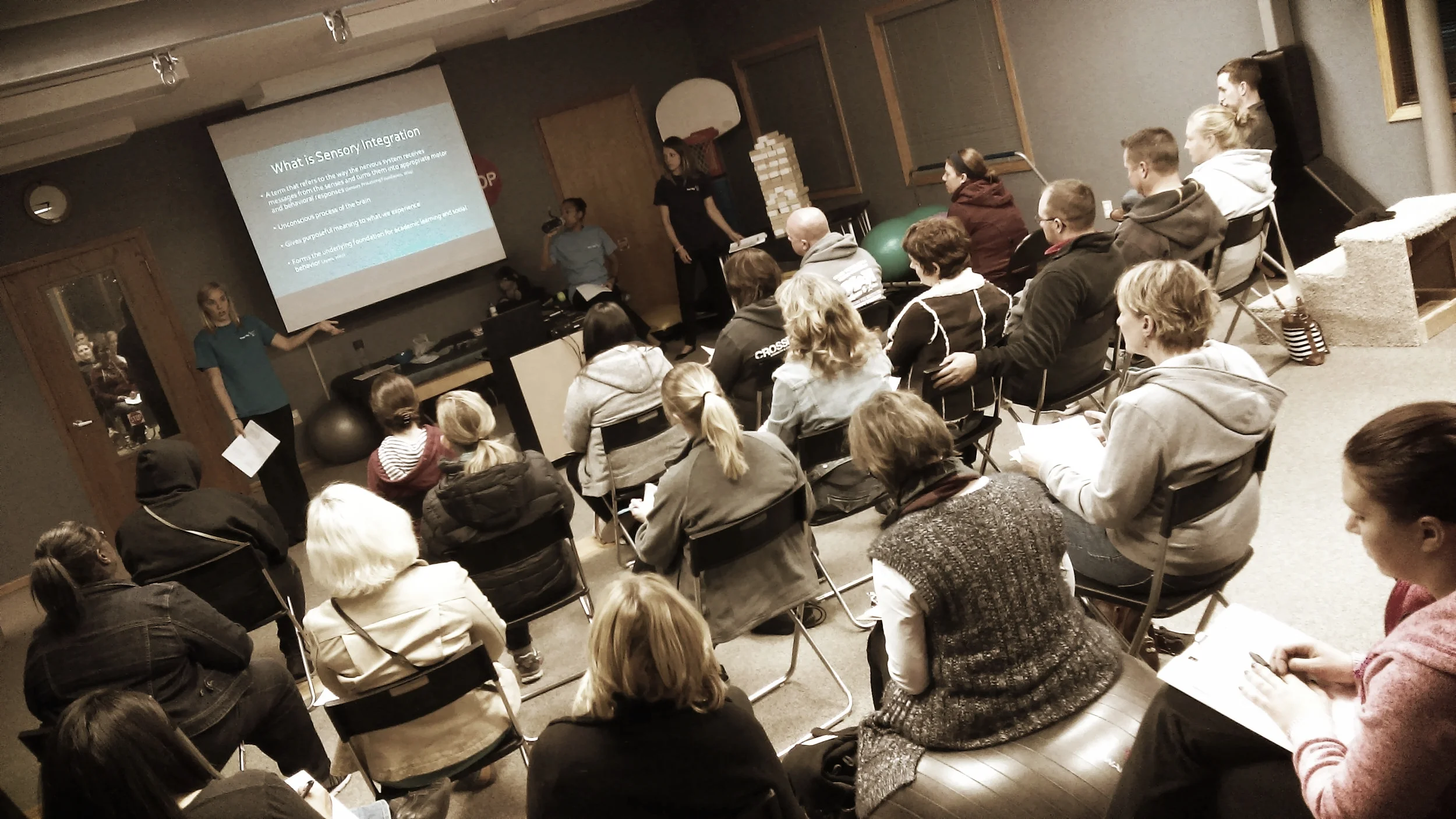Zones of Regulation - BLUE
/The Zones of Regulation is a tool that is used in many different places and may be something you have heard of before. We see it used a lot with kiddos in the school and we use it right here at Therapy OPS! But what are the zones and what does this program help with? For the month of June, our blog posts are going to focus on the different zones and what each one means and what emotions are part of each one!
The Zones were created as a tool to help with understanding and reacting to our own emotions. This is a great way to work towards self-regulation. By using color categories, it helps children begin to organize the different ways they are feeling and their different states of alertness. Once the children begin to recognize their zones and emotions/behaviors, the Zones introduces strategies to help with controlling their emotions, help them out and recognize their sensory needs and assist with problem solving. The main goal of the Zones is to teach kiddos to identify their feelings, understand how behaviors impact those around them and finding tools to manage all of this!
The four zones are red, yellow, green and blue. Today we will focus on BLUE.
When we think of blue, many of us think of calming or sad and this is not far off the zone BLUE. Feelings commonly felt while in the BLUE zone are sad, tired, sick or bored. Now that the kids are out of school and over the excitement of the last day of school, maybe they are starting to feel sad because they miss their teacher or friends or maybe they are feeling tired from a week full of playing outside or camps! Have you heard the infamous “I’m bored” a thousand times now that they are out of school? All these feelings could put your child in the blue zone. The Blue Zone can be compared to the rest area signs you sometimes see on the road where you would stop to rest or re-energize. So what tools can help get your child regulated if they are in this zone? The tools that work for this zone will be different for each kiddo but they could try to listen to music, ask for a hug, take a break, talk to an adult, color or maybe read a book!
If you have specific questions about controlling emotions or reactions, please give TOPS a call to talk to an occupational therapist today at 651-455-0561!

